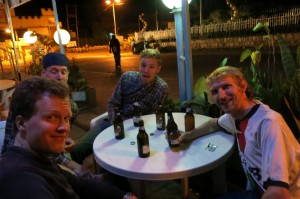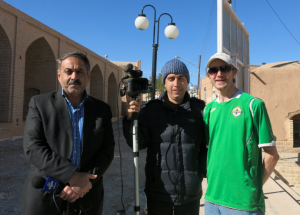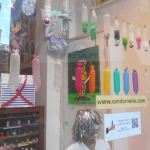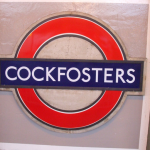Wearing Your Team Shirt Around the World
Do you remember your first home team football shirt? Do you remember the colour, the design? What was it made from and did it have your name or number on it? Do you remember how you felt when you put your team colours on? I loved mine – being a Northern Irish lad I had my first NI shirt back in the 80s plus in the 90s I wore Glentoran shirts. To this day I still backpack the world wearing them!
Not everybody has played a team sport, of course, or if they did, not everyone was picked for the team, but everyone understands the significance of team colours or design. It is something we all get from an early age and we never grow out of. The middle-aged players in the five-a-side team, feel more energised when they pull on the team tops. So does the group of runners who have got together to raise some money for a good cause and want to tell everyone who it is they are representing.
Putting on the same colours or wearing the same badge as the rest of your team or group is telling the world what you stand for, who you represent. It doesn’t have to be high-end design outfits or tops made with the latest hi-tech fabric. It can be a simple, cotton t-shirt or polo shirt with an embroidered logo, badge or slogan but if it represents your team, group or company it sends out a powerful message. It says where you belong and what you are a part of. Team colours or branding in this way also lets people know that your group, team or company is proud to be identified and wants to be recognised. I’m always proud to wear my shirt.
Choice of colour seems to matter when it comes to sending out a message although cultural traditions and tastes can mean that some colours are more popular than others. There are no hard and fast rules. Red is a popular colour just about everywhere and is seen to represent power and positivity but what about grey? Pink is the colour associated with professional cycling in Italy whereas the national colour in the Netherlands is orange. Apart from colours there are logos or symbols: dragons, bears, tigers, foxes and a whole range of animals and symbolism. Intricate crests are seen on the strips of many teams, especially those with time-honoured traditions.
Even if your ‘team colours’ are just for a bit of fun and not meant to represent you on the world stage as such, you still want to get it right. The people at Brandawear.co.uk can help you turn your garment into the special one, and get your message across, be it individual, club, team or corporate, from t-shirts to baseball caps. Perfect for touring the world in – I used a SOENISC (supporters club) polo shirt on my first big backpacking journey!
Brandawear.co.uk is a good site for direct garment printing in high resolution and more detailed designs or, for artistic designs, they create printed clothing with transfer printing. Logos and crests can be embroidered and stitched on for the more traditional look. So if you’re thinking of getting the team look, no matter how big or small your team happens to be, check out the Brandawear.co.uk website and for their range of quality, affordable garments which can be customised to match your specification.
George Christo has a passion for Customised t-shirts, work wear embroidery and teamwear – this is his job and his world. You can connect with him on Google+

















